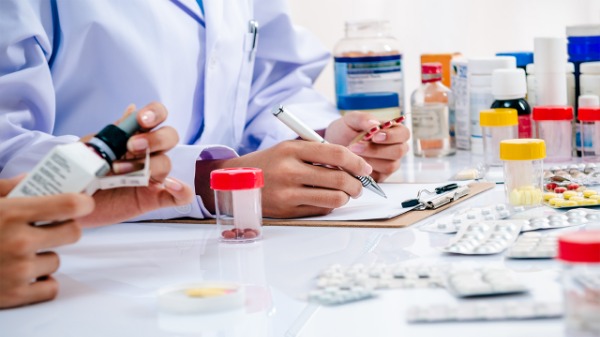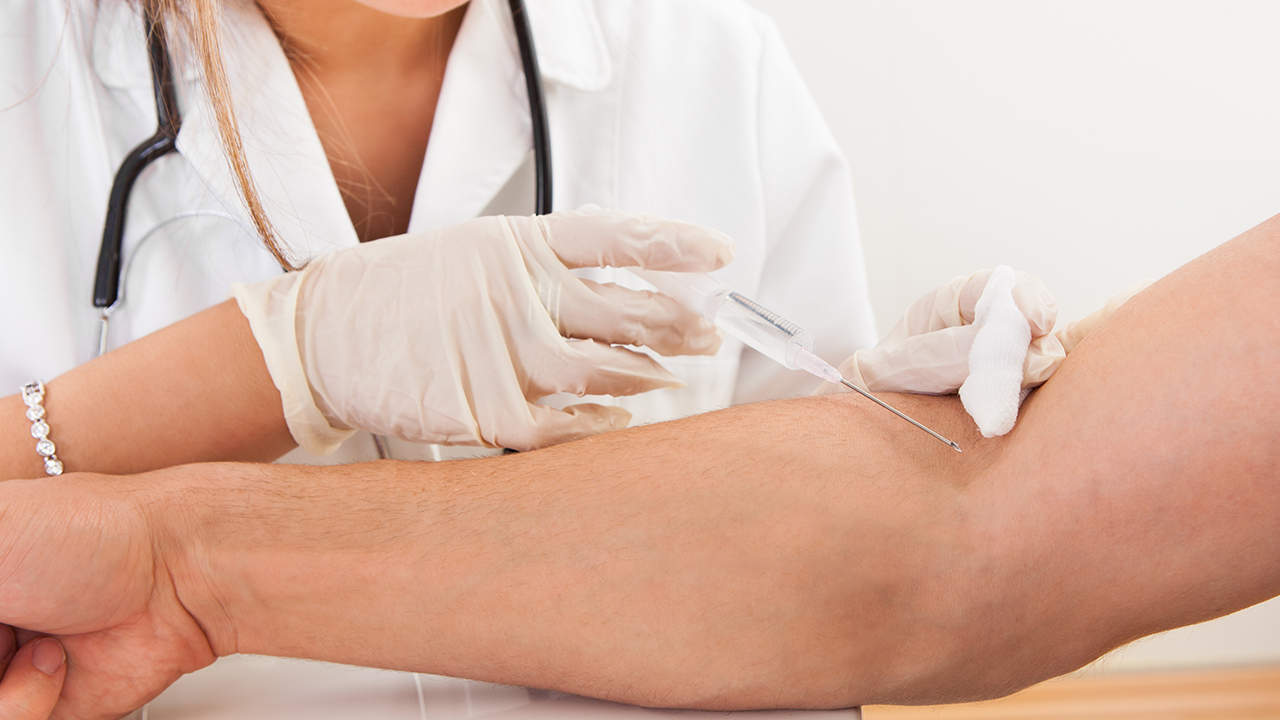What are the routes of transmission of AIDS

AIDS (acquired immunodeficiency syndrome) is a chronic, potentially life-threatening condition caused by the human immunodeficiency virus (HIV). HIV attacks the body's immune system, which makes it difficult for the body to fight off infections. There is currently no cure for AIDS, but there are treatments that can help people with AIDS live longer, healthier lives.
How is HIV transmitted?
HIV is transmitted through contact with infected bodily fluids, such as blood, semen, vaginal fluid, and breast milk. The most common ways that HIV is transmitted are through:
Unprotected sex: Sex without a condom with an infected partner.
Sharing needles or other drug injection equipment: Sharing needles or other drug injection equipment with an infected person.
From mother to child: During pregnancy, childbirth, or breastfeeding, an infected mother can pass HIV to her child.
HIV is not transmitted through casual contact, such as shaking hands, hugging, or sharing food or drinks.
What are the symptoms of AIDS?
The symptoms of AIDS can vary depending on the stage of the infection. In the early stages, people with AIDS may experience:
Fever
Chills
Night sweats
Fatigue
Weight loss
Swollen lymph nodes
Muscle aches
Joint pain
Rash
As the infection progresses, people with AIDS may develop more serious symptoms, such as:
Opportunistic infections: Infections that take advantage of the weakened immune system, such as Pneumocystis jirovecii pneumonia (PCP), cytomegalovirus (CMV), and toxoplasmosis.
Kaposi's sarcoma: A type of cancer that causes lesions on the skin and internal organs.
HIV-associated neurocognitive disorders (HAND): A range of cognitive and behavioral problems that can occur in people with HIV.
How is AIDS diagnosed?
AIDS is diagnosed with a blood test that detects HIV antibodies. HIV antibodies are proteins that the body produces in response to infection with HIV. If the blood test is positive, the person will be referred to a doctor for further testing and treatment.
How is AIDS treated?
There is no cure for AIDS, but there are treatments that can help people with AIDS live longer, healthier lives. These treatments are called antiretroviral therapy (ART). ART drugs work by stopping HIV from multiplying in the body. This can help to improve the immune system and reduce the risk of developing opportunistic infections and other complications of HIV.
ART is not a cure for AIDS, but it can help people with AIDS live longer, healthier lives. People who take ART can live an average of 20 years or more after being diagnosed with HIV.
How can I prevent AIDS?
There is no surefire way to prevent AIDS, but there are steps that you can take to reduce your risk of infection. These steps include:
Using condoms: Using a condom every time you have sex can help to prevent HIV transmission.
Not sharing needles or other drug injection equipment: Sharing needles or other drug injection equipment with an infected person can transmit HIV.
Getting tested for HIV: Getting tested for HIV can help you to find out if you are infected. If you are infected, you can get treatment to help you live a longer, healthier life.
Talking to your doctor: Your doctor can provide you with more information about how to prevent AIDS and how to get treatment if you are infected.
Additional information
AIDS is a serious condition, but it is important to remember that there is help available. If you are diagnosed with HIV, there are treatments that can help you live a longer, healthier life. You should also talk to your doctor about how to prevent HIV transmission to others.
The above is all the content that the editor wants to share with you. I sincerely hope that these contents can bring some help to your life and health, and I also wish that your life will be happier and happier.
Tags: #the #are #what














